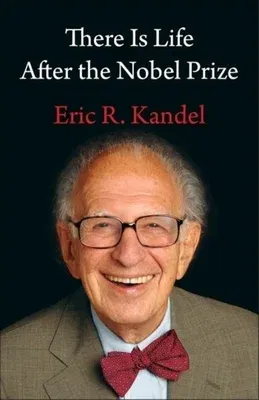One day in 1996, the neuroscientist Eric R. Kandel took a call from his
project officer at the National Institute of Mental Health, who informed
him that he had been awarded a key grant. Also, the officer said, he and
his colleagues thought Kandel would win the Nobel Prize. "I hope not
soon," Kandel's wife, Denise, said when she heard this. Sociologists had
found that Nobel recipients often did not contribute much more to
science, she explained.
In this book, Kandel recounts his remarkable career since receiving the
Nobel in 2000--or his experience of proving to his wife that he was not
yet "completely dead intellectually." He takes readers through his lab's
scientific advances, including research into how long-term memory is
stored in the brain and age-related memory loss as well as the
neuroscience of drug addiction and schizophrenia. Kandel relates how the
Nobel gave him the opportunity to reach a far larger audience, which in
turn allowed him to discover and pursue new directions. He describes his
efforts to promote public understanding of science and to put brain
science and art into conversation. Kandel also discusses his return to
Austria, which he had fled as a child, and observing its coming to terms
with the Nazi period. Showcasing Kandel's accomplishments, erudition,
and wit, There Is Life After the Nobel Prize is a candid account of
the working life of an acclaimed scientist.

